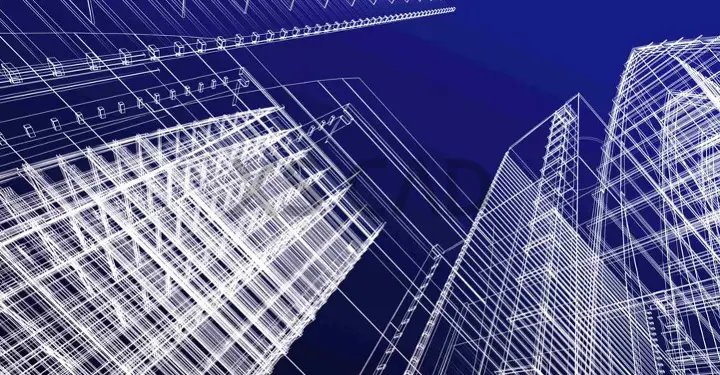Our Articles

Managing Workflow for High-rise BIM Projects
It can be chaotic. Scores of people on site, endless meetings, a steady stream of RFIs and submittals being created, materials being loaded and unloaded – managing a building construction project can be an overwhelming flurry of activity. We haven’t even talked about the communication and documentation involved. Add a high-rise building to the mix, and you have yourself a real head-scratcher, especially if it is a mixed-use building. The arrival of Building Information Modelling (BIM) technology and architectural BIM modelling has been nothing short of a godsend for the construction industry. Using BIM virtual construction processes has helped streamline the workflow for high-rise building construction so that all the concerned stakeholders see greater efficiency.
How does that happen?
High-rise buildings that accommodate a combination of hotels, residences, offices, retail spaces, swimming pools, etc. within the structure are known as mixed-use buildings. As they serve different functions, it is vital that they are constructed efficiently.
By using BIM technology, it becomes easier to monitor high-rise building construction and understand its health and safety implications. Involving all stakeholders in the BIM process makes it easier to generate multiple accurate design options, offering a realistic view of a project’s feasibility.
In addition, BIM technology helps make faster calculations, such as testing steel or concrete frames, estimating costs and schedules and making feasibility studies.
How does BIM help manage the workflow?
High-rise building design can be complex and involves a considerable amount of detailing. Both residential and commercial high-rises have a few common features and some that are distinct. First, what’s common?
Both involve tedious tasks that BIM services can help with, such as:
- Quantity take-off
- Visualisation
- Scheduling
- Updating models accurately
- Cost estimation
- Facility management
- Tracking, linking and changing elements
- Linking design documents to the 3D geometry used by project teams
Now, what’s different?
Residential High-rises (apartments, duplexes, etc.)
Commercial High-rises (hotels, offices, retail spaces, health and leisure centres)
Collaborative features can be used by contractors to generate detailed MEP shop drawings, clash reports, costing, etc., which will help in accuracy during installation. A variety of BIM monitoring tools, workflow and reporting tools are available for high-rise buildings.
Advantages of BIM for High-rises
Furthermore, Autodesk’s BIM 360, a construction management software, has a number of features that make it easier to manage project workflow, enhance communication and save time, such as:
- Generating meeting minutes
- Item-based submittal workflow
- RFI creation on mobiles
- RFI permission updates
- Custom RFI numbering
- RFI creation on Android
- Mobile submittal accessibility
- Edit closed RFIs
- Contractual date tracking for submittals
- Modify RFI pushpins
Of these features, the item-based submittal workflow is useful in key areas. Typically, submittals follow a meandering path for review and approval. Hiccups can slow the process at any point on the path. To clear up these potential obstacles to a smooth workflow, BIM 360 offers certain benefits, namely:
The sheer variety of features available as part of BIM services can be extremely beneficial for the construction of high-rise buildings. Partnering with the right residential BIM services or BIM retail design services experts can be a challenge, as there are several options to choose from. However, reliable BIM consulting services partners can be sourced offshore for high-quality architectural BIM modelling and other BIM virtual construction services.
XS CAD has valuable experience providing BIM consulting services and architectural BIM modelling services for design and build firms, general contractors and design consultants. Our range of services for building design firms across the world include BIM retail design, residential BIM services and other BIM virtual construction services. We create these models, drawings and renderings by using Revit, AutoCAD, ArchiCAD and BIM Collaborate Pro for cloud collaboration.

